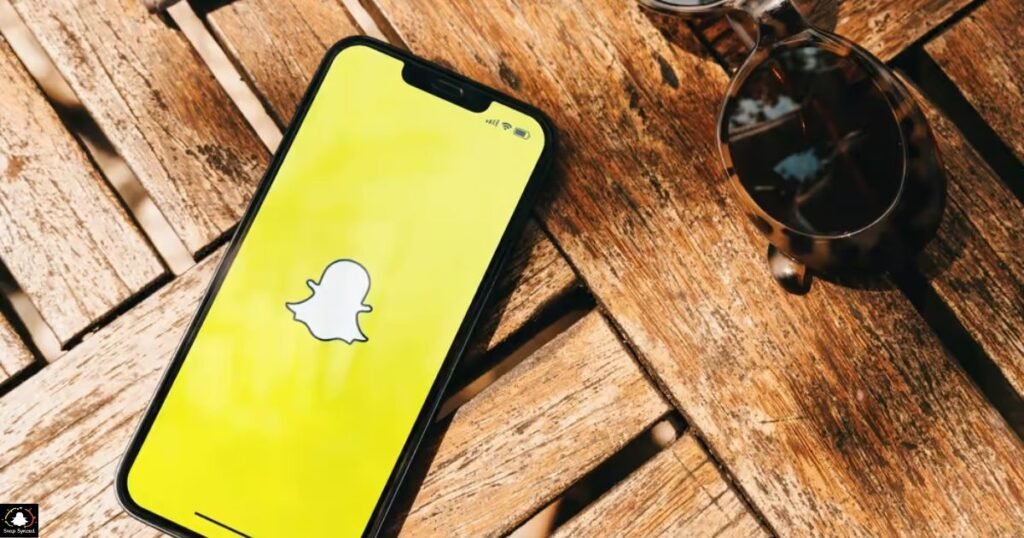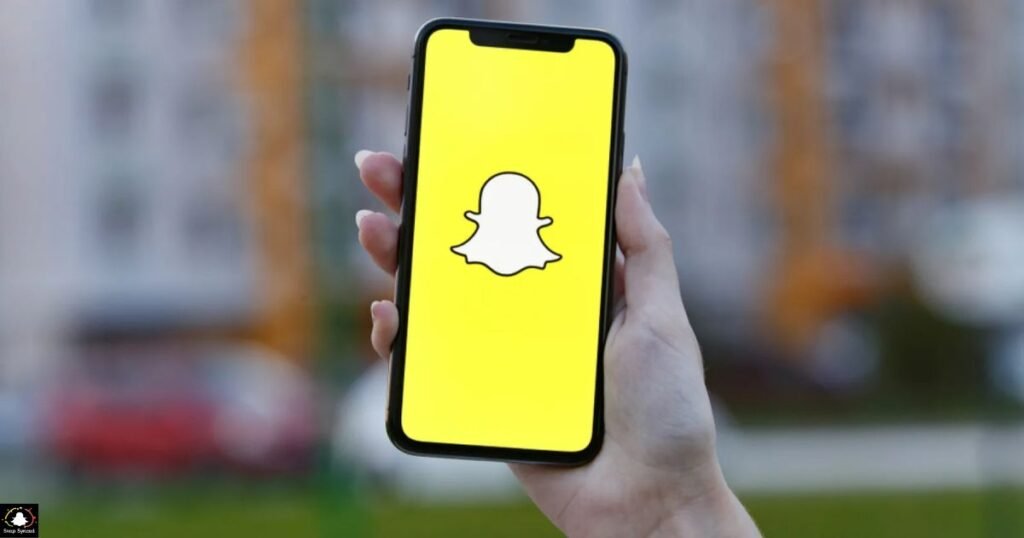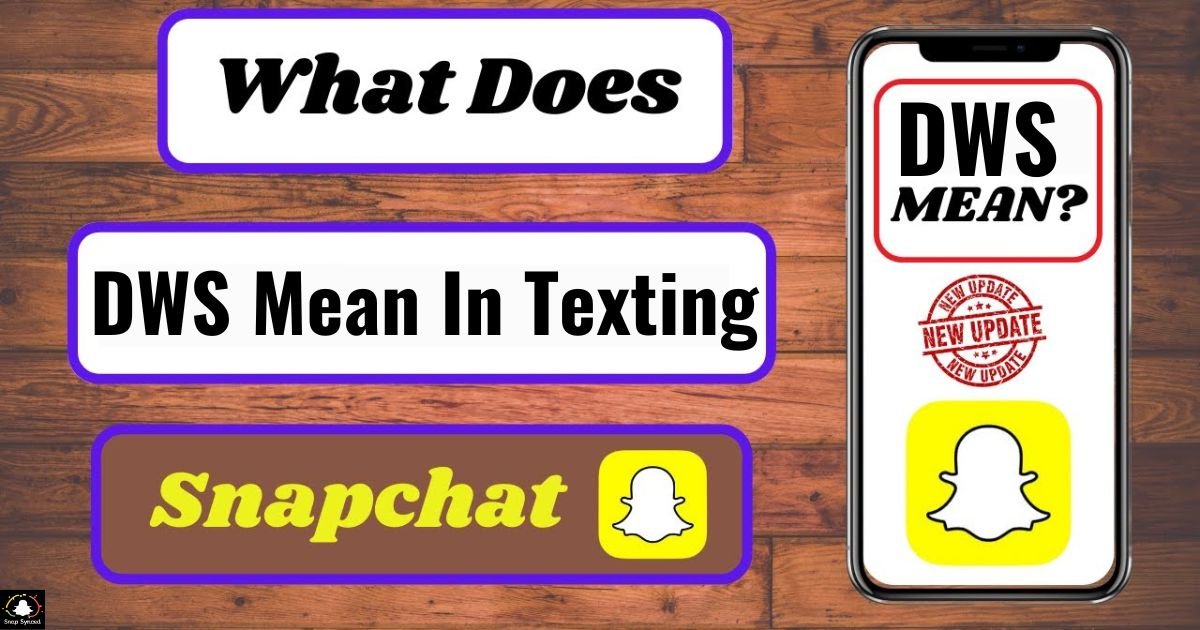In the world of digital communication, texting and social media platforms have introduced a plethora of new abbreviations and acronyms. One such abbreviation that has gained popularity, particularly on Snapchat, is ‘DWS.’
If you’ve come across this term and found yourself puzzled about its meaning, fear not. This article aims to demystify the acronym and explore its significance in the context of Snapchat messaging.
What is DWS?
DWS is an acronym commonly used on Snapchat, but what does it actually mean? The abbreviation stands for ‘Don’t Write Back’ or ‘Doesn’t Want to Snap.’
It is often used when someone sends a message on Snapchat but doesn’t expect or want a reply from the recipient. Essentially, it’s a way of signaling that the sender is not seeking further engagement in the conversation.
When is DWS Used?

DWS is typically employed in various scenarios on Snapchat, each carrying its own implications:
End of Conversation: It can indicate that the sender considers the conversation concluded and doesn’t anticipate any further interaction.
Busy or Disinterested: The sender might use DWS to convey that they are occupied or uninterested in continuing the conversation at that moment, especially when exploring features like Snapchat Bots.
Respecting Boundaries: Sometimes, DWS is employed to respect the recipient’s boundaries or preferences, acknowledging that they may not be interested in prolonged communication.
Interpreting DWS
Understanding the meaning behind DWS can vary depending on context and the relationship between the sender and recipient. Here are some key points to consider:
Context Matters
The interpretation of DWS hinges on the context of the conversation and the individuals involved. It’s essential to consider factors such as previous interactions, tone, and relationship dynamics.
Respectful Communication
While DWS may signify the end of a conversation, it’s crucial to perceive it as a form of respectful communication rather than rudeness. It allows individuals to express their intentions clearly and avoid misunderstandings.
Non-Verbal Cues
In digital communication, non-verbal cues such as DWS play a significant role in conveying meaning. Understanding these cues enhances communication effectiveness and fosters better online interactions.
Etiquette and Usage

| Etiquette and Usage | Guidelines |
| Use with Caution | Employ DWS judiciously and considerately. |
| Respect Recipient’s Time | DWS can acknowledge that the recipient may not have time or inclination to engage further. |
| Alternative Responses | Acknowledge receipt with a simple emoji or reaction. |
| Boundaries | Respect the sender’s preference if DWS is used. |
| Clarity | Clear communication enhances online interactions. |
Utilizing DWS appropriately fosters respectful communication while acknowledging the recipient’s time and preferences. This promotes positive online interactions.
FAQ’s
When should I use DWS in a Snapchat conversation?
Use DWS when you want to indicate that the conversation has concluded, or you’re not seeking further engagement.
Is using DWS considered rude?
It can be perceived as rude if overused, so use it judiciously and consider the context.
How should I respond to a message with DWS?
Acknowledge receipt with a simple emoji or reaction, respecting the sender’s preference.
Conclusion
In the realm of digital communication, abbreviations like DWS have become integral tools for conveying nuanced meanings and intentions. Understanding the significance of DWS in texting Snapchat is essential for navigating online interactions effectively.
By interpreting and using this abbreviation thoughtfully, individuals can communicate their intentions clearly while fostering respectful and meaningful conversations in the digital sphere.








